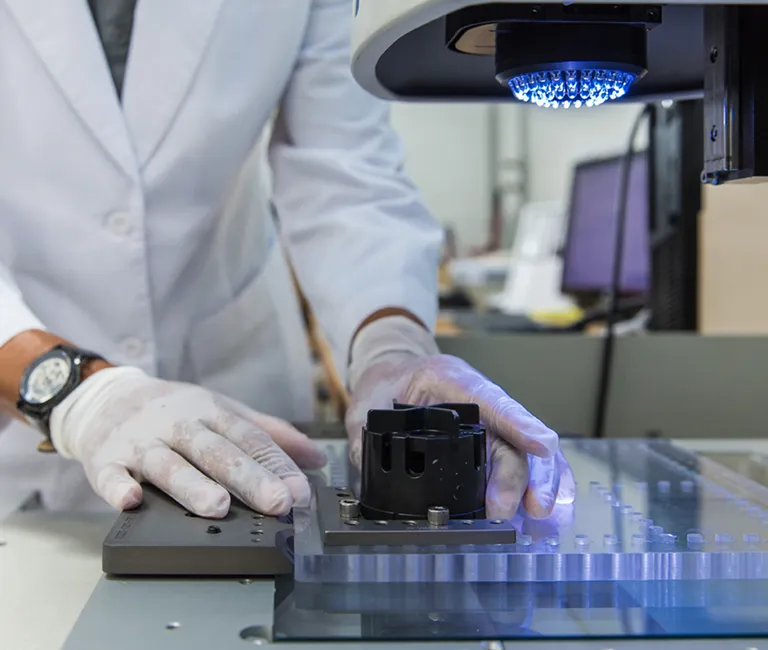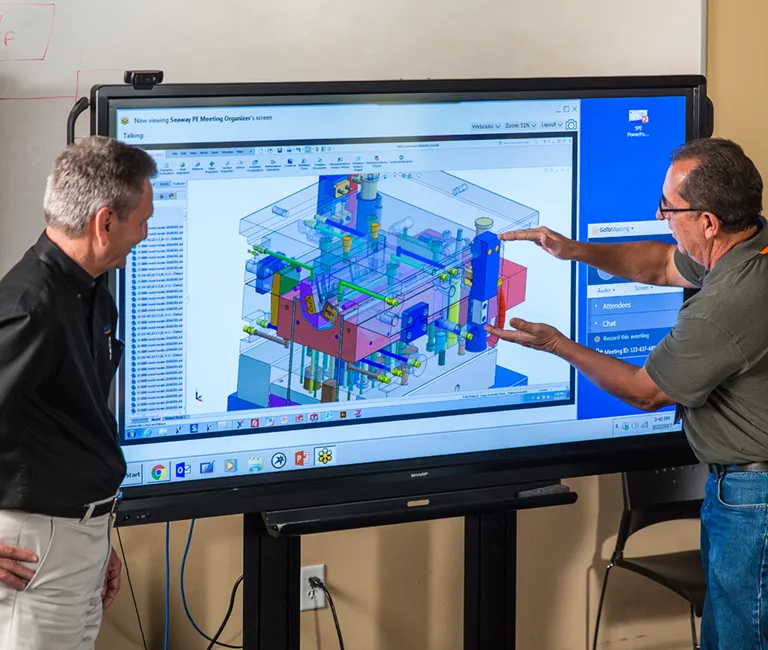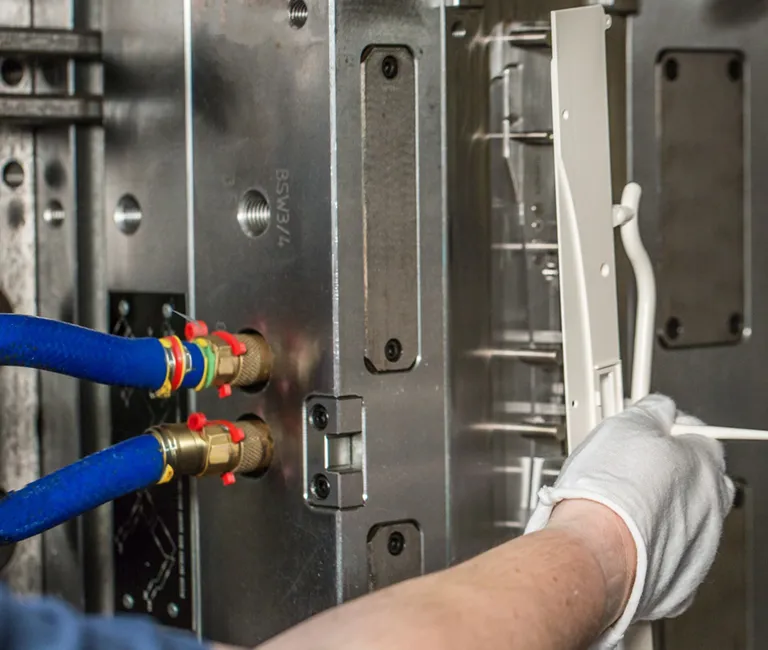Case Study
Industry: Aerospace
Since 1998, this aerospace company has created airplane parts integral to developing a professional and safe interior for global air travelers. Their desire to seek new technologies and design solutions for aircraft has helped to maintain their success throughout the decades since their inception. With over 150 employees, this aerospace engineering company caters to companies of all sizes but has considerable success working with giants like Boeing, Airbus, and Qantas. When they started to experience delays and rising costs for a specific component, they reached out to Seaway for a solution using plastic injection molding. Additionally, they were searching for some additional flexibility on the varying final colors of the component to help expand their market viability for different designs of small private or commercial aircraft.
Our Objective
The specific objective of Seaway was to develop a highly replicable component using plastic injection molding that saved the customer on costs while improving manufacturing efficiency and expanding available color options. In this case study, the aerospace engineering company was actively pursuing a new and different variation of automatic window shades for smaller aircraft. Before working with Seaway, these specific sun shades were manufactured through cost-intensive and laborious CNC machining processes that hampered production volume. The shade assemblies needed to meet several certification standards, including internal Seaway ISO 9001 quality assurance and inspection specifications to be viable for installation within the aircraft cabin. Each plastic molded sun shade had to also conform to additional client-mandated specifications. These requirements included considerable testing on the flammability of the component, structural support, any possibility of adverse environmental effects, and several other benchmarks that helped ensure the product’s high integrity during use.
Due to these rigid standards, the aerospace engineering company needed parts molded that were able to surpass extensive quality assurance processes and maintain effectiveness after experiencing different kinds of exposure. Along with the necessary quality certifications for the aerospace industry, the customer wanted these shades to meet the following parameters: ultra-thin design, self-contained, and able to hold electrical power. This customer also worked with Seaway to guarantee that these complex products could be manufactured in twelve different colors to fit with an aircraft’s overall aesthetic look while keeping replication simple.


The Results
Together, Seaway and this new aerospace engineering company worked to develop an easily replicable design that produced products on a much larger scale with improved efficiency and bottom-line costs. The tremendous versatility of plastic injection molding versus their previous CNC machining method addressed all customer concerns and returned a high-quality premium product suitable for aircraft applications.
Seaway’s plastic molding engineers possess considerable experience working with the unique resins utilized by aerospace companies and designed the detailed molds required to fit large presses for the larger parts many other manufacturers would not be able to handle. Through their offshore options for mold building, they saved at least 15% on the total costs while still keeping the post-molding assembly completely in-house before leaving the facility. Moreover, with ISO 9001-certified quality assurance protocols and inspection methods at Seaway, the manufacturer kept the costs down to include this service and ensure part integrity.
Conclusion
In summation, for this aerospace engineering company, eliminating the CNC machining process for these sun shade components provided considerable improvements to efficiency, output, consistency, flexibility, and costs. By approaching Seaway to develop the custom tooling and to manufacture the parts with high-quality plastic molding, this company expanded its product offerings while also improving the quality. Seaway offers many different options for plastic mold tooling when overall cost is a driving factor in making a decision. The manufacturer can work with varying price points to extend the promises of plastic injection molding to many other industries. This includes the QA department which can perform tests, certify, and report on quality according to the assembly’s specifications. This successful case study is just one of countless examples of Seaway working within the aerospace industry to develop improved components through plastic molding and other methods. If you are searching for a similar product, please send us a message today with more information and we would be happy to discuss our offerings and provide a detailed quote.



